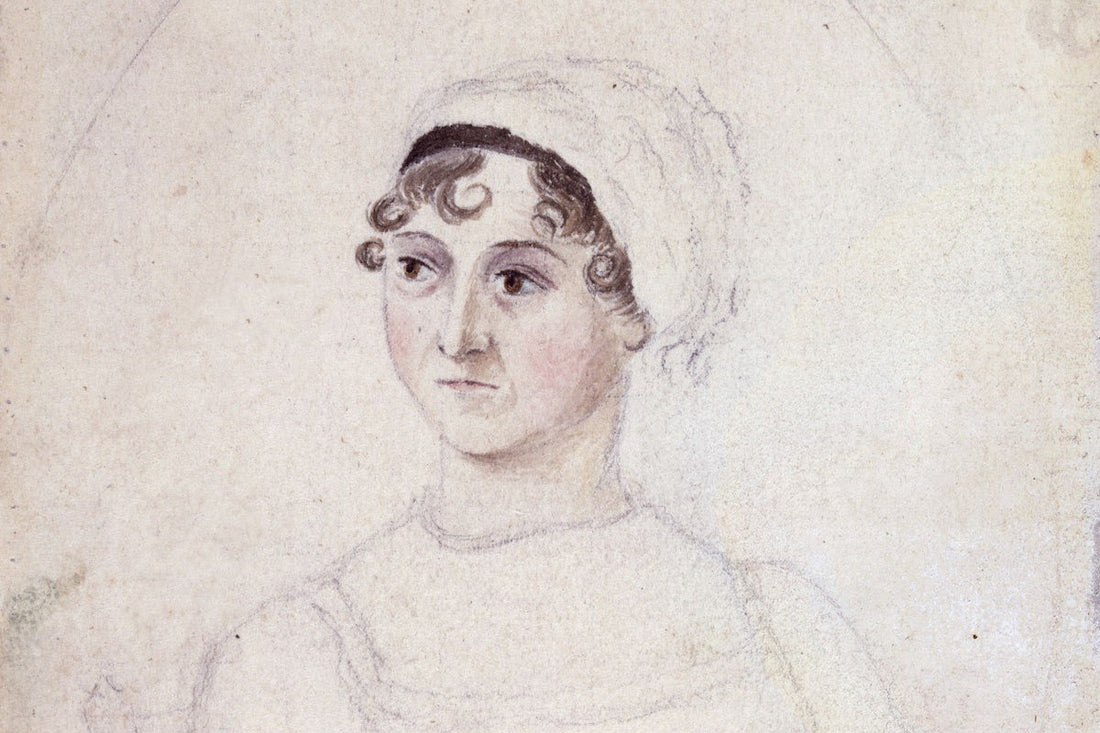
First Edition of Jane Austen's Emma Sells for £375,000 – A Rare Collector’s Treasure
The first edition of Jane Austen’s Emma, published in 1816, recently fetched an astronomical £375,000 at a London auction, marking one of the most significant sales of Regency-era literature in recent years. This extraordinary price reflects both the rarity of the edition and its unparalleled historical significance in the world of literary collecting.
Only twelve author’s copies were originally produced by Austen’s publisher, John Murray. These copies were gifted to Austen herself, allowing her to distribute them to close family members and trusted friends. A thirteenth copy, specially bound in red Morocco leather at Austen’s expense, was presented to the Prince Regent, the future King George IV. While it is believed to reside in the library of Windsor Castle, this copy has never been publicly displayed, making it one of the most mysterious treasures of Austeniana.
The auctioned copy, inscribed “From the Author,” is a genuine rarity. No other known author’s copy of Austen’s Emma with a handwritten dedication survives. Interestingly, this dedication was executed on Austen’s behalf by her publisher, John Murray, and was sent to Anne Sharp, a close friend and critic of Austen. Sharp was part of Austen’s intimate circle, reviewing and providing candid feedback on her novels. Austen trusted Sharp’s opinions, famously requesting that she be “entirely honest” in her assessments and record them in her diary. According to Sharp, Emma fell stylistically between Pride and Prejudice and Mansfield Park, offering a unique insight into Austen’s literary evolution.
Anne Sharp is also believed to have inspired the character of Miss Taylor, later Mrs. Weston, in Emma. Their friendship extended beyond literary critique; after Austen’s death, her sister Cassandra sent Sharp personal mementos, including a lock of the author’s hair. Such intimate connections between Austen and her contemporaries illuminate the social and literary networks that shaped her work, underscoring the enduring fascination with her life and novels.
The buyer of this exceptional copy of Emma was an American collector. Honoring his wishes, however, the book remains in the United Kingdom, where it now resides at Chawton House in Hampshire. Chawton House, once the home of Austen’s brother Edward Austen Knight, has been transformed into a research center dedicated to British women writers from 1600 to 1830. The estate also holds special significance as the place where Jane Austen spent her final years, writing, revising, and sharing her novels within the family circle.
This sale highlights not only the monetary value of rare first editions but also the cultural and historical importance of Austen’s work. Owning a first edition of Emma is more than a collector’s triumph; it is an opportunity to preserve a tangible connection to the Regency era, a period in which literature, society, and artistry were intricately intertwined. The meticulous craftsmanship of Austen’s books, coupled with their enduring literary significance, makes them coveted treasures for collectors, historians, and bibliophiles alike.
For those interested in Regency-era book collecting, Austen’s Emma exemplifies how personal provenance, authorial connections, and historical context dramatically enhance a volume’s significance. Each surviving author’s copy tells a story, not only of Austen’s creative genius but also of the intimate networks, social customs, and literary practices of early 19th-century England.
Chawton House now offers the public a unique opportunity to engage with this heritage. Visitors and scholars can explore the estate and its collections, gaining insight into Jane Austen’s life, the Regency period, and the evolution of British literature. The preservation of Austen’s works in such historic settings ensures that future generations can appreciate the physical and cultural legacy of one of England’s most celebrated novelists.
In the digital age, when books are increasingly ephemeral, the survival and continued admiration of rare first editions like Emma serve as a reminder of the enduring power of the printed word. Jane Austen’s meticulous storytelling, combined with the historical significance of her author’s copies, makes this novel not only a literary masterpiece but also a priceless artifact for any serious collector of Regency-era literature.
